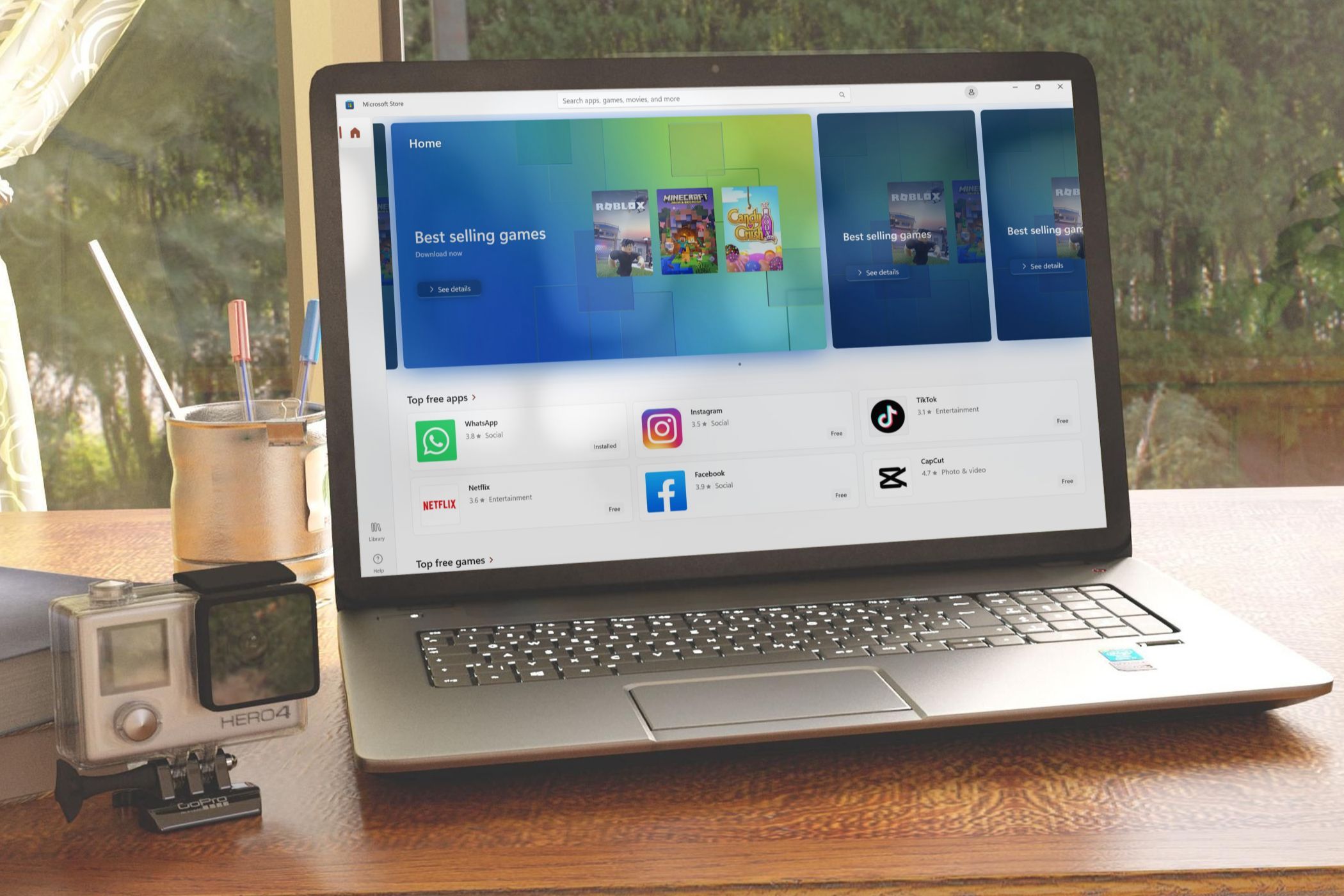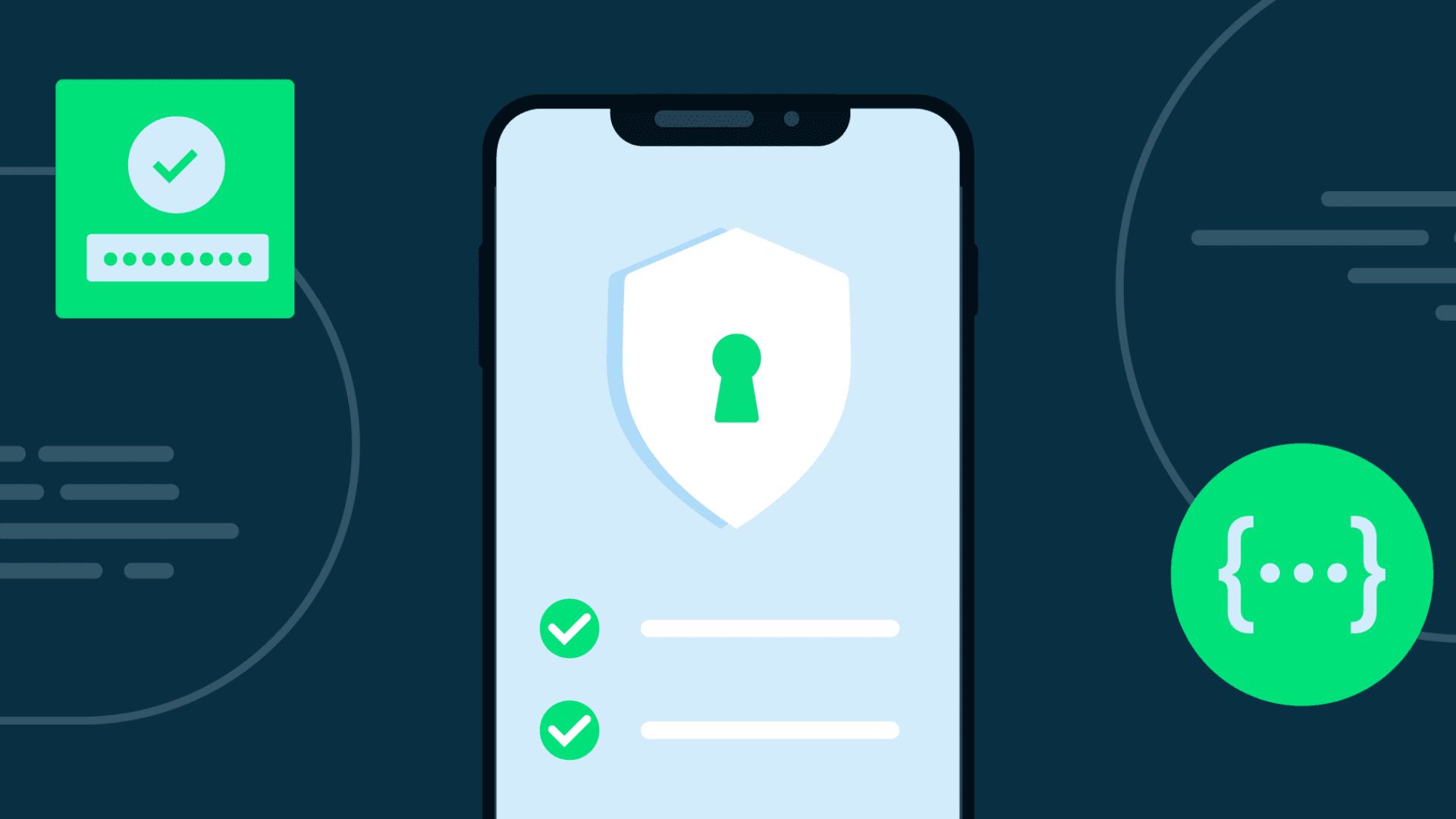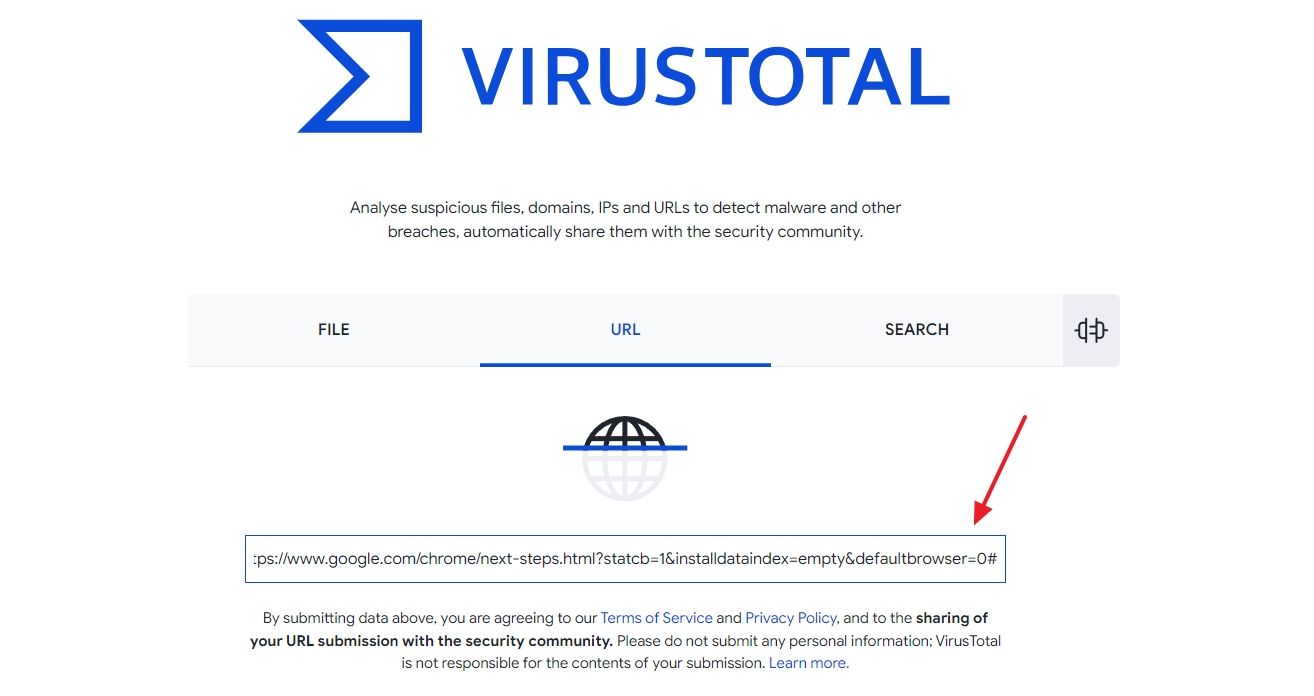Although third-party apps offer advanced features that are not available in the operating system, downloading a malicious app can be detrimental. To ensure your safety, always reflect on a few questions before downloading any app. They might change your mind or help you find a safer alternative.
Do I Really Need the App?
Before downloading any third-party app, consider whether you genuinely need it. Research to see if the operating system already offers the feature you’re looking for in the app, as there may be hidden built-in features you’re unaware of. Also, check if any third-party apps you already use offer a similar feature.
Then, ask yourself: Is the app absolutely necessary, or do you just want it to enhance your experience? If the operating system or an already installed app offers the feature, there’s no need to download another app. However, if the app is essential, and you’ll need to rely on it frequently for work or other activities, then you’ll need to ask yourself some more questions.
Is There an Official Alternative Available?
If you absolutely need the app, don’t install it right away. First, thoroughly research to see if there’s an alternate official app available developed by Microsoft, Apple, Samsung, or other reputable providers that can serve the same purpose as the third-party app. Official apps from well-known companies are generally safer and more reliable.
They are regularly updated, address security vulnerabilities, and reduce privacy and security risks associated with third-party apps. If you find an app from a reputable that does what you want, it’s better to download that instead of the third-party app you initially intended to get. If no official app is available, proceed to the next step.
Is the App Available on Official Stores?
Official app stores have security and quality guidelines that developers must meet before their apps can be listed. Therefore, most apps available there are likely safe and spyware-free, although there are a few exceptions. Check if the third-party app you want to download is available from an official store. If it is, it is probably safe for you to download.
However, if the app isn’t listed, that’s a subtle warning sign. While the developer may not have chosen to list it on official stores, it’s also possible the app had security vulnerabilities that prevented its listing. To avoid these risks, see if another third-party alternative serving the same purpose is available in the official store, as it would have been vetted before listing.
If you don’t find any alternative third-party app serving a similar purpose on the official store, proceed to the next step.
Research About the App Developer
If your only option is to download that app, take a few steps to evaluate its trustworthiness before proceeding further. Start by exploring the developer’s details. Check if the app is from a credible developer and see if they have an official website providing information about the app, including its features, privacy policy, and terms of service. Forums where users can report bugs and provide feedback are also generally a good sign, especially if the developer is active and responsive.
Additionally, read online reviews and explore discussions about the app on public forums to confirm that it comes from a trustworthy source. If you can’t find any details about the developer, and they don’t have an official website, it’s better to avoid such apps, as they could contain spyware or other malware that could infect your device.
But what if the app is from a trusted developer with good reviews but lacks an official website? Then, check if the source where the app is listed is safe.
Is the Download Source Trustworthy?
If the app lacks a dedicated website and is listed on third-party websites for better visibility, you should check if the download source is trustworthy. While downloading apps from unofficial sources is generally not recommended due to potential security risks, if it’s your last resort, take a few steps to verify the source’s authenticity.
Use tools like Who.Is to determine how long the website has been operational, see how regularly the app version is updated, and explore reviews about the website from other users to gauge its reliability. If the website is trusted, well-established, updates the app’s listing with the latest version, and has positive user feedback, that’s a positive sign. It is also important to note that sites like GitHub and SourceForge are themselves safe and reputable, but there is no guarantee that a project you find there is safe.
However, proceed cautiously and check the app’s download source for malware before downloading it.
Is the App Safe to Download?
Ensuring the app is free from spyware or other malware is essential, especially when downloading a third-party app from an unofficial source. VirusTotal is an excellent tool for this purpose. You just need to insert the app’s download link, and VirusTotal will analyze it and report any malicious content it detects.
To use VirusTotal, copy the app’s download link, visit VirusTotal’s official website, select the URL menu, paste the copied link, and press Enter. If the result is clean, you can proceed with the download. If VirusTotal detects any issues in the download source, it’s best to avoid downloading the app.
Does the Download Include Bundled Software?
Even trusted app brands sometimes partner with lesser-known developers and bundle their apps with their software. When you install the primary app, the bundled app automatically gets installed on your device. Some developers allow you to omit installing the bundled app, while others install it without your consent.
I found uTorrent bundling RAV Endpoint Protection antivirus with its installation a few years ago. To avoid this, pay close attention to the setup dialogue windows to ensure you don’t inadvertently allow the bundled app to install. Also, it’s best to avoid apps known for bundling other apps with them.
Is the App Free or Paid to Use?
While it’s not a mandatory step, it’s worthwhile to check if the app is free to use or offers a free trial, especially if you don’t intend to pay for a subscription. Also, ensure that the features you need to use are included in the free version or trial.
If you don’t check this beforehand, you might waste your time downloading and installing an app that doesn’t provide the necessary features without a cost. Ultimately, you’ll have to look for an alternative. Therefore, it’s better to verify this in advance.
Hopefully, the tips above will help you decide if you need the app, where to download it from, how to ensure it’s free from viruses, and whether it comes with unwanted bundled software. Considering these factors before you download any app will help you make a safe and informed decision.







